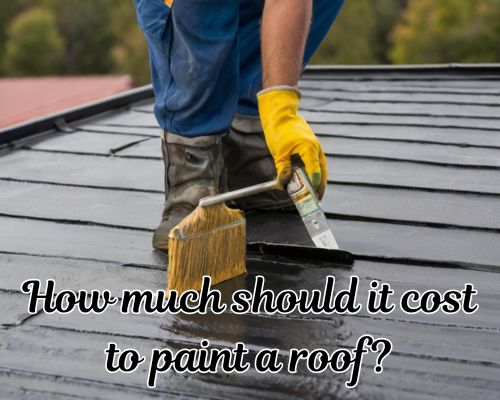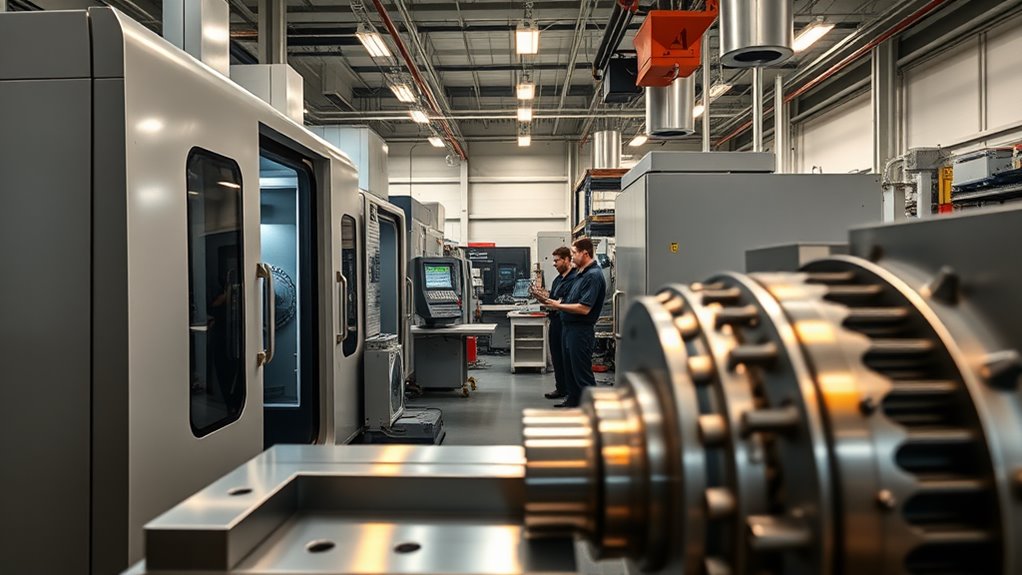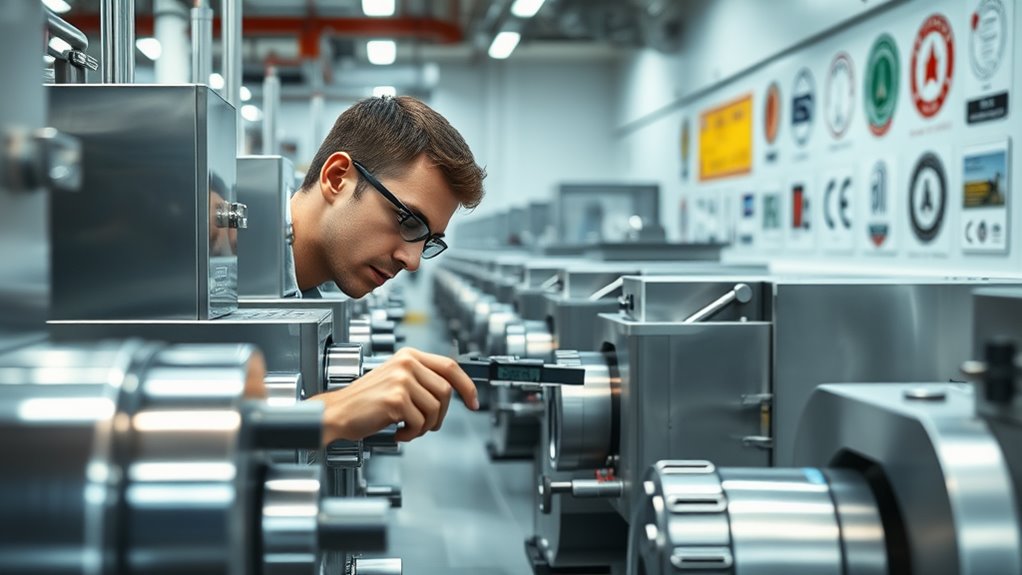If you think slapping paint on a dirty roof will do the trick, you’re setting yourself up for disaster. West Palm Beach’s tropical climate means your roof faces constant challenges:
- Humidity and moisture encourage algae, mold, and mildew growth.
- Salt air from the nearby Atlantic Ocean accelerates corrosion and surface degradation.
- Frequent rainstorms wash dirt, debris, and organic matter onto your roof daily.
- High UV exposure fades paint and weakens untreated surfaces.

Without cleaning, your paint won’t adhere properly. Instead, it peels, bubbles, and cracks prematurely — wasting your money and leaving your roof vulnerable. Plus, a dirty roof is a breeding ground for microbes that accelerate wear and tear.
What Does Roof Cleaning Entail?
Based on Star Roofing, roof cleaning isn’t just a quick rinse with a garden hose — it’s a strategic process designed to restore your roof’s surface for maximum paint adhesion. Here’s what it usually includes in West Palm Beach roofing projects:
1. Debris Removal
First up, removing leaves, twigs, pine needles, and other debris. This prevents organic matter from trapping moisture under the paint layer.
2. Moss, Algae & Lichen Treatment
Thanks to the local climate, roofs in West Palm Beach often get greenish or black streaks caused by algae and moss. Specialized cleaning solutions — usually biodegradable and roof-safe — kill and remove these organisms without damaging shingles or tiles.
3. Surface Washing
Next, a thorough wash with pressure washers or soft wash systems to remove dirt, salt residue, and other contaminants. Soft washing is preferred by many professionals here to avoid damaging the roof surface, especially on delicate materials like clay tiles or cedar shakes.
4. Repairs & Inspection
While cleaning, it’s smart to inspect for damage — cracked tiles, missing shingles, or loose fasteners. Repairing these before painting ensures a smooth, durable finish.
To dominate search results on “Do you need to clean a roof before painting?” in West Palm Beach, Florida, we need to weave in some local and topical references that search engines love:
- Roof cleaning West Palm Beach
- Roof painting preparation Florida
- Roof algae removal Palm Beach County
- Soft wash roof cleaning Florida
- Roof maintenance in tropical climates
- Best roof paint for Florida homes
- West Palm Beach roofing contractors
- Roof cleaning cost West Palm Beach
- Roof mold removal near me
- Eco-friendly roof cleaning solutions Florida
Step-by-Step Guide to Cleaning Your Roof Before Painting in West Palm Beach
Step 1: Assess Your Roof Type and Condition
Your approach depends on the roofing material — asphalt shingles, clay tiles, metal, or wood shakes. Asphalt roofs are common here, but many homes sport Spanish tile roofs that need gentler care.
Step 2: Choose the Right Cleaning Method
- Soft washing uses low pressure and chemical cleaners. Perfect for delicate tile roofs common in West Palm Beach.
- Pressure washing is more aggressive, suited for asphalt or metal roofs but must be used carefully to avoid damage.
Step 3: Apply Roof Cleaner
Use professional-grade cleaning solutions that are:
- Effective against algae, mold, and mildew
- Safe for plants and pets (important in Florida’s eco-conscious communities)
- Compliant with local environmental regulations in West Palm Beach
Step 4: Rinse Thoroughly
Thorough rinsing ensures no residue remains that could interfere with paint adhesion or harm landscaping.
Step 5: Let Your Roof Dry Completely
In humid West Palm Beach, drying times can be longer. Make sure the roof is bone dry to avoid trapping moisture under the paint, which leads to blistering and peeling.
What Happens If You Skip Cleaning?
- Paint won’t stick: Dirt and algae form a barrier.
- Premature paint failure: Flaking, bubbling, fading.
- Hidden damage: You might miss leaks or cracks needing repair.
- Lower property value: A poorly painted roof hurts curb appeal.
Local Roof Cleaning & Painting Services in West Palm Beach
Many local roofing contractors combine cleaning and painting services with knowledge of West Palm Beach’s unique climate challenges. Hiring experts means:
- Access to commercial-grade eco-friendly cleaning agents
- Proper safety gear and techniques for Florida roofs
- Inspection and minor repairs during cleaning
- Guarantees on paint adhesion and longevity
Cost Considerations: Roof Cleaning in West Palm Beach
Typical costs for roof cleaning before painting in West Palm Beach range between $0.15 to $0.50 per square foot, depending on:
- Roof size and pitch
- Type of cleaning (soft wash vs. pressure wash)
- Extent of algae or mold infestation
- Additional repairs needed
Investing in roof cleaning pays off by extending the life of your paint job and roof, protecting your home against Florida’s harsh weather.
Choosing the Best Roof Paint After Cleaning
Once your roof is squeaky clean and dry, pick a high-quality paint formulated for Florida’s climate:
- Elastomeric coatings offer waterproofing and UV resistance.
- Silicone-based paints resist mold and mildew.
- Reflective roof coatings reduce heat absorption and energy costs — a bonus in West Palm Beach’s heat.
Pro Tips for Homeowners in West Palm Beach
- Schedule roof cleaning and painting during the dry season (typically late spring to early summer) to ensure proper drying and curing.
- Avoid DIY pressure washing unless you have experience — one wrong move can damage shingles or tiles.
- Regularly inspect your roof for algae and debris, especially after storms.
- Consider maintenance contracts with local roof specialists like Star Roofing to keep your roof in prime condition year-round.
Conclusion: The Smart Homeowner’s Move in West Palm Beach
So, do you need to clean a roof before painting? Absolutely yes — especially in West Palm Beach, Florida. The tropical climate creates perfect conditions for grime, algae, and moisture buildup that wreck paint jobs and accelerate roof decay. Proper cleaning with eco-friendly solutions, combined with expert inspection and timely repairs, ensures your roof paint adheres beautifully and lasts longer.
Investing in professional roof cleaning is an investment in your home’s curb appeal, protection, and value. Don’t let dirt and mold sabotage your roof painting project — clean first, paint second, and enjoy a roof that stands strong against Florida’s elements for years to come.









